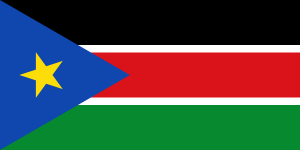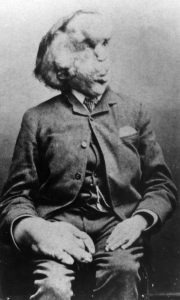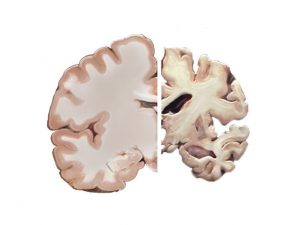Case 8.2 Ethics and Humanitarian Aid: Vertical Aid Programs
Background:
Dr. Asadour is a physician working for a non-governmental organization (NGO) whose mandate is to “participate in a global vertical aid anti-cholera program”. (Thomas 267). He travels to a town in South Sudan containing thousands of refugees from the internecine war. These refugees have a variety of health issues and Cholera has also broken out. The purpose of the NGO was to treat patients with Cholera only and other patients must be sent to the local hospital, which presents a problem as the local hospital is already beyond capacity. The dilemma is whether or not Dr. Asadour will admit patients who are in need that don’t have Cholera.
Analysis/Argument:
“Cholera is an often fatal bacteria disease of the small intestine, typically contracted from infected water supplies and causing severe vomiting and diarrhea” (CDC). The illness is not as clear cut to tell compared to other illnesses. Especially given the conditions of the patients in South Sudan, many of them exhibit symptoms that are similar to cholera. Therefore, admittance into the NGO is something that is already of a hassle and Dr. Asadour faces the moral dilemma of rationing resources. Should he stick by the litigation and only admit those with Cholera?
I would want Dr. Asadour to treat the illnesses within the community based on urgency and the severity of the symptoms rather than rationing to those with Cholera. One of the main reasons would be due to a time frame. With numerous patients who needs admittance, taking the time out to reject those that don’t display the symptoms of cholera could result in wasted time in saving lives. However, Dr. Asadour and his staff should not completely reject the idea of only admitting patient with Cholera. They should keep it in the back of the heads that Cholera is highly contagious and facilitative matters should be handled in order to prevent any type of contamination. Admitting patients with severe symptoms would also result in less patients being sent to the local hospital, which is already beyond capacity. If a patient is in a very severe state of health, then they should be admitted immediately to Dr. Asadour’s care. This has a higher potential to save the patient’s life.
The idea of vertical aid programs is also something that should be considered when taking this case into account. Dr. Asadour’s mission was funded primarily from wealthy philanthropists who are in hope of eradicating the disease Cholera. However, having that one disease aim seems to bring upon some issues. These western donors and NGOs often “overlook the voices and priorities of local communities” (Thomas 268). As we see with this case, there are many different illnesses in South Sudan with many levels of severity and urgency. Therefore, if the moral obligation was to just save as many lives as possible, then rationing to those individuals only with Cholera negates the moral purpose. According to an article published by Dr. Levine in the Center for Global Development, vertical aid programs “risk diverting attention from, or even undermining, broader “horizontal” health systems established to prevent and treat all forms of ill-health”. In global health, targeting a specific illness or area of health is very difficult and ineffective because health is in a sense, on a spectrum. Especially in an area like Southern Sudan, with ongoing wars, corruption, and rivalries of power, a broader approach to health seems to be a much more favorable one than a one track vertical aid program.
What do you guys think about what Dr. Asadour should have done in this specific instance? Furthermore, do you guys think that vertical aid programs should continue? I’d love to hear from you all!
Works Cited
“Cholera – Vibrio Cholerae Infection.” Centers for Disease Control and Prevention. Centers for Disease Control and Prevention, 09 Nov. 2016. Web. 11 Apr. 2017.
Levine, Ruth. “Should All Vertical Programs Just Lie Down?” Center For Global Development. CGD, 05 Oct. 2007. Web. 11 Apr. 2017.
Thomas, John E., Wilfrid J. Waluchow, and Elisabeth Gedge. “Case 8.2: “Ethics and Humanitarian Aid: Vertical Aid Programs.” Well and Good: a Case Study Approach to Health Care Ethics. 4th ed. Canada: Broadview, 2014. 131-138. Print.






